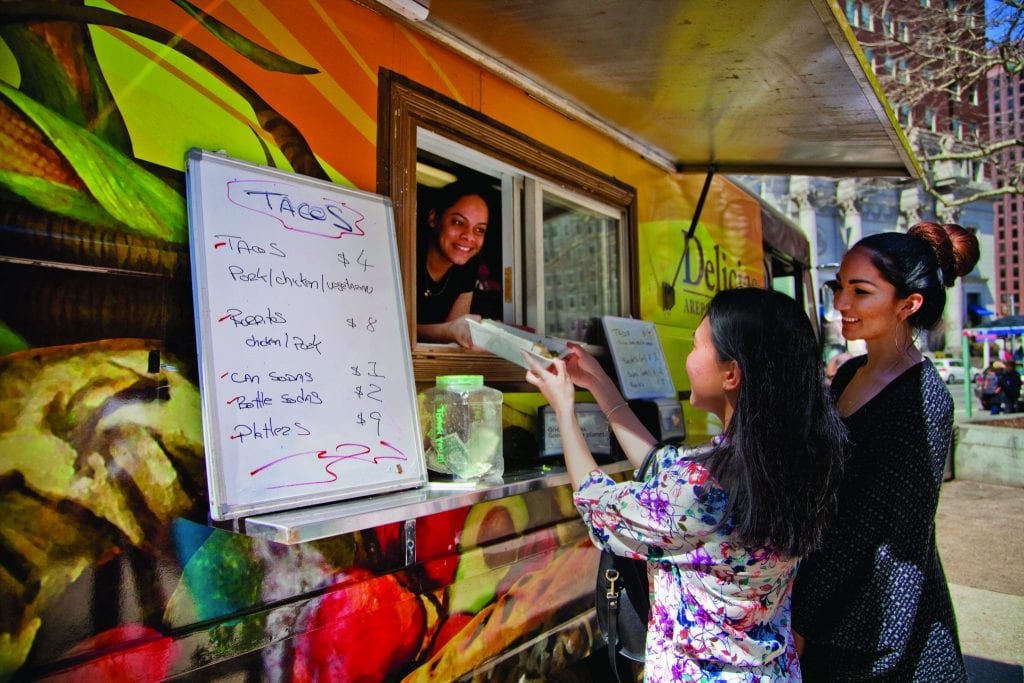Hispanic and Asian Travelers Can Play to Travel Advisor Strengths

Skift Take
Travel advisors and suppliers who aren’t serving booming ethnic communities, especially Asian and Hispanic, across the United States are missing out on today’s fastest-growing and most potentially lucrative sources of business.
That is the message from Terry Soto, CEO of Los Angeles-based About Marketing Solutions and author of such books as Marketing to Hispanics and the just-released The 3.5 Trillion Advantage: A Marketer’s Guide for Growing Revenue in Today’s America. She has also served as a multicultural marketing consultant for the the National Tour Association and Fortune 500 companies such as Coca Cola, Citibank, Disney, Verizon Wireless, and H&R Block.
Skift recently spoke with Soto to get her take on what travel advisors should know about the dynamic growth among multicultural travel consumers and what it takes to attract and retain their business. Soto, who immigrated to the United States from Ecuador as a child, is herself an avid traveler who vacations frequently with her extended family.
The rise of Hispanic and Asian populations within the United States seems to fit in nicely with the strengths of the travel advisor community. For example, Soto said many Hispanics value strong relationships with business providers, and the growth of these communities are not merely taking place on the coasts, but are occurring in large metropolitan areas around the country.
And, a preference for travel with extended families likewise is a sweet spot for many travel advisors.
The following is an edited version of our interview with Soto:
Skift: What sort of demographic changes are happening in the U.S. that are making ethnic consumer markets so important?
Terry Soto: The nonwhite population in the U.S. is growing at a record pace, so much so that by 2020 half of generations X, Y and Z will be multicultural. We hear a lot about immigration these days, but most of this growth is happening through the natural birth rate. Between 2000 and 2017 the Hispanic population grew by 74 percent, representing 58 percent of total population growth, while the Asian population grew by 79 percent. The African-American population grew by 19 percent. By contrast, the nonwhite population only grew by 10 percent.
Not only is the nonwhite population growing faster, it is also younger than the general population. It’s also important to note that this growth is not just taking place in Los Angeles or New York, it’s happening in the top 350 metro areas across the country.
Skift: What is the economic impact of this, including on travel?
Soto: Nonwhite consumers in the U.S. have an annual buying power of $3.7 trillion. Hispanics, who in 2018 were one-fifth of the U.S. population at 60 million, alone control $1.5 trillion in spending. If Hispanics in America were a separate country, they would be the world’s 15th largest economy.
The Hispanic market has matured and incomes are rising. They are spending some of that money — $73 billion — on travel. Of that, $28 billion was spent on online bookings. However, they are also twice as likely as non-Hispanics (11 percent versus 6 percent) to book through a travel agent.
Hispanics are also more likely to take two or more vacations per year— 72 percent versus 55 percent of non-Hispanics—and they tend to take longer trips.
Skift: Are there different travel preferences that advisors should be aware of?
Soto: Hispanics, Asians, Arabs and African-Americans travel for the same reasons that everyone else does, but there are important nuances. A big one is that all of these groups are more likely to travel with extended family. When I travel, it’s often with my mother, aunts, nieces and nephews. Family gatherings are a huge reason that Asians and Hispanic travel internationally.
Theme parks and shopping are very popular with Hispanic travelers, as are unique dining experiences, local culture and diverse activities they can do with their children. They love experiences they can’t get anywhere else.
Skift: If Hispanic travelers are more than twice as likely as others to book through an agent, what does this say about the potential for travel advisors to grow this market?
Soto: There is definitely potential for the travel agent. The high-touch element is very much appreciated by ethnic consumers, some of whom may need a little more hand-holding than others. To the extent you can create that type of high-touch support, it will be appreciated.
In particular, most Hispanics develop strong relationships with business providers. They want to feel you’re looking out for them. They are very loyal and relationship-oriented. So the travel agent who delivers on this has a customer for life.
Skift: How can travel advisors better serve these customers? Are there particular challenges?
Soto: Ethnic travelers are often traveling with multiple generations, their parents as well as kids. And the different generations may have different needs, especially when it comes to language. While I may speak English well, my mother or other family members may not. I can’t be fully engaged in the experience if I constantly have to be the translator. So it’s important to find ways to ensure that the language barrier is not a big issue and that the various generations are having their needs met.
Language tends to be less of an issue for Asian-Americans than with Hispanics as many speak English except for older people. But there are still traditional things to consider about where and how these families travel.
Skift: What are effective ways that travel advisors can tap into multicultural markets?
Soto: Ethnic consumers tend to be big users of technology and social media, so these are important tools. Mobile phones were popular in Asia and Latin America before they were here. When agents are developing apps, virtual reality tools, and websites, they need to take into account that a diverse consumer will be using them. Make them user friendly and relevant from a multicultural point of view.
For ethnic markets, social media is a great tool. You can create multi-lingual Facebook pages and address topics relevant to different consumer types. However, you have to be consistent and make sure you are taking people to landing pages they can understand. If someone clicks on a bilingual ad and it takes them to something that’s all in English, they hit a wall. The marketing effort didn’t work because you didn’t help them take that action.
Plus, it may be important to have a multi-lingual staff member on hand. It requires investment.
Skift: How is the travel industry overall serving these dynamic markets? Do suppliers understand the potential and how to tap into it?
Soto: Surprisingly, even some of the largest tourism entities don’t get it. They don’t see how the landscape has changed. We need to urge suppliers to have multil-language options. It’s costly at the beginning, but the increase in revenue makes it well worth it.
The National Tour Association has engaged me to come in and help tour operators better serve the multicultural market. The airlines and many airports are doing a terrific job in this way. So have some hotel companies and the online travel agencies which have had multi-lingual sites for years.
The first thing that people should do is step back, take a breath and seek to understand the insights of this consumer and what they value. Don’t just see them as dollar bills and group them in with everyone else. It’s a young market with a big future.





